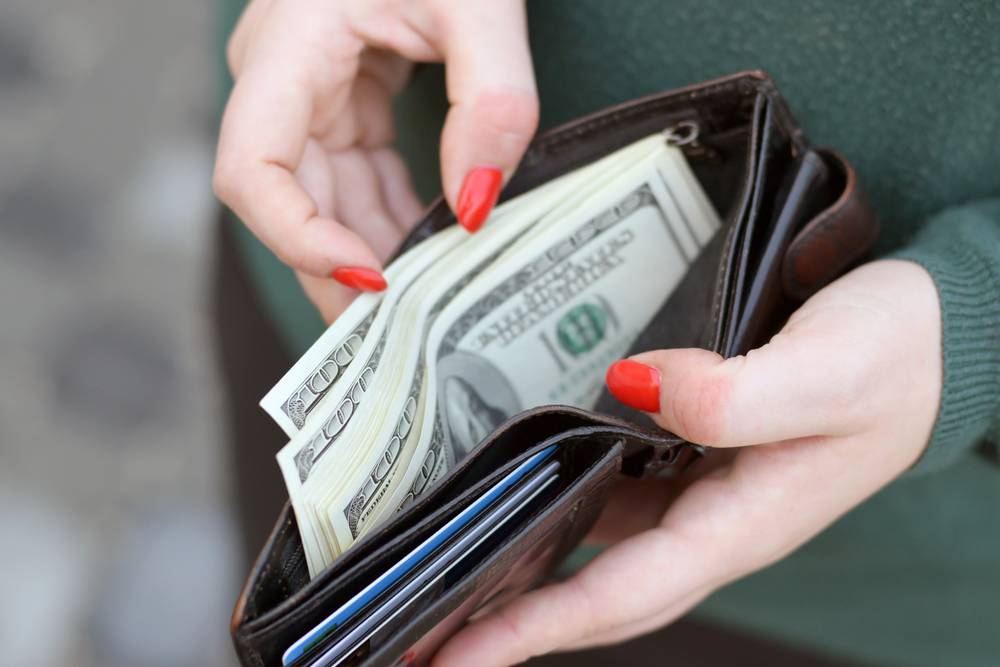Your Old Roof Can Quicky Become a Home Insurance Nightmare Due to Climate Change

The effects of climate change are here and they are creating more risk for homeowners and insurers. Homeowners' insurance in states that are particularly susceptible to severe extreme weather-related events is becoming more and more expensive.
Insurance companies are starting to reevaluate the risk, which will inevitably incur bigger losses and pass down those costs to policyholders in the form of higher premiums or even cancellation of coverage.
Homeowners insurance usually covers damage to your roof due to wind, snow, or fire, but it won't cover floods or earthquakes. And these disasters are occurring more frequently and throughout larger areas in the U.S. According to the Insurance Information Institute, the number of damage claims due to hail and wind increased by 11% between 2015 and 2019 (the most recent year for which data is available).
One of the most expensive house repairs is roof replacement, costing anywhere from $8,000 to $22,000 on average, depending on where you reside and the material used.
Because of the damage caused by recent extreme weather, house insurance premiums are increasing. However, an old roof could make it even more difficult to get or renew insurance. Insurance companies are becoming more selective about paying for roof repairs, and they are getting better at identifying roofs that are particularly prone to damage.
Insurers now use drone cameras to assess the condition of a roof before issuing or renewing an insurance policy. Some companies are also using satellite images to better understand the consequences of extreme weather, such as checking roof conditions before and after hurricanes.
As a result, insurance companies are paying more attention to roofs and connecting with homeowners who have potentially problematic roofs.
In most parts of the country, the chances of your policy being canceled outright because your roof is old are slim. However, regardless of where you live, not paying attention to your home's "lid" for an extended period of time may result in lower insurance coverage, which might cost you a fortune if your roof is busted or demolished.
Here's what you should know about the impact of a roof's condition and age on you and your insurance.
Roof Life Is Being Cut By Climate Change
The durability of the average roof isn't what it used to be, and insurance experts think the changing environment is a significant factor.
Asphalt shingle roofs (#1 choice in the United States) have typically been estimated to last 20 to 25 years. Roofs can “grow old” — and become prone to deterioration – faster nowadays. Aside from more frequent and severe storms, daily exposure to extreme weather might shorten a roof's life span.
According to an S&P Global Market Intelligence research, the expected life span of asphalt shingle roofs in Florida is 10 to 12 years, compared to 20 years in other states.
The problem isn't unique to Florida, or even states with a history of damaging storms. As a result, insurers have developed a "problematic pattern" in risk management, including increased caution in renewing policies.
Costs Are Rising Due To Inflation
To make things worse, the cost of replacing and repairing roofs has increased dramatically.
Asphalt shingles, for example, are made from petroleum, and the price of oil has had a direct impact on the cost of manufacturing them.
Then there's the matter of roofing fraud in Florida, where dishonest contractors flock to do roof repairs and replacements. Legislative gaps make it simpler for the unscrupulous in that state to overstate damage claims and use the judicial system to force insurance to pay those inflated expenses essentially.
For that matter, Florida has passed legislation geared at limiting the fraudulent activities of the worst offenders, and insurers in the state are following suit. Progressive, for example, proposed to Florida insurance regulators on account of two of its companies, ASI Preferred Insurance Corp. and American Strategic Insurance Corp., that homeowners' policies be issued or renewed only if the roof of the structure insured is 15 years old or newer. The age requirement would replace a more ambiguous standard that just required roofs to be in fine condition.
How Homeowners Will Be Affected By This?
Insurance cancellations due to outdated roofs also occur beyond Florida. Insurance coverage may be lowered before the roof reaches its once-standard life expectancy of 20 to 25 years due to escalating costs and climate change.
A homeowner with a roof in its midlife — often more than 15 years old (depends on are and policy) may find that their coverage maximum is upped from "replacement" to "actual cash value" at renewal time.
Because of this change, if the roof needs to be repaired or replaced, the entire cost of the repair may not be covered. Instead, the maximum permitted will be changed to reflect the roof's remaining useful life. As a result, if your roof needs to be replaced after a hurricane or other extreme weather event, you may have to pay thousands of dollars more than your deductible.
As a result, replacing a roof before it’s 15 years old or starts showing its age may now be a good idea. The insurers may advise you to do so, but they cannot force you to repair a roof that is too old or in poor condition. However, a company can at its discretion, refuse to renew your insurance if it believes your roof is too old and you're refusing to fix it.







